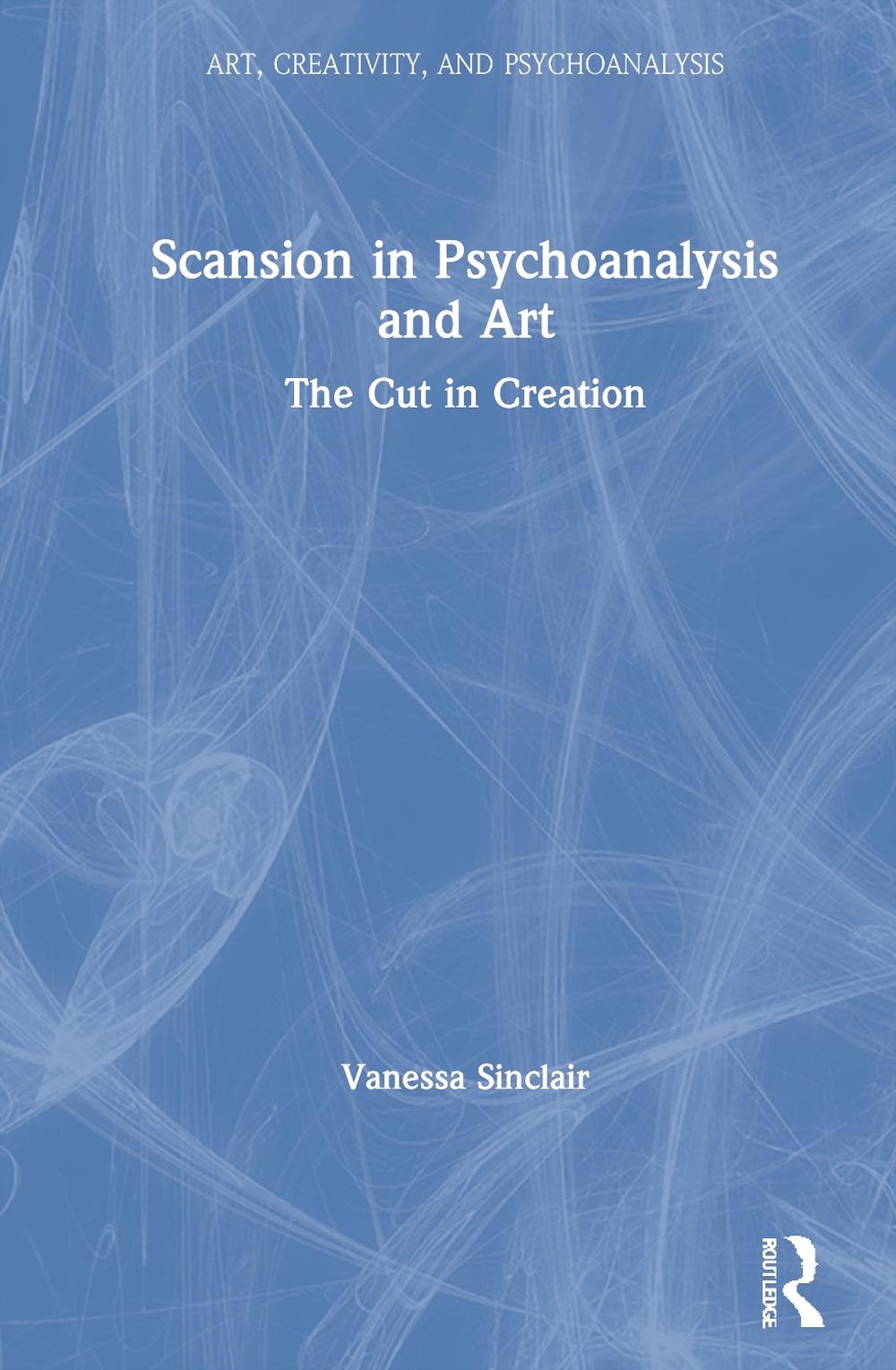


Burgess ignores not only the normal stressing that any pronouncing dictionary will show in English words of two syllables or more, or in monosyllabic words that are syntactically important in a sentence - such as strong verbs and nouns - but he also manages to ignore syllables that are ''sprung'' with alliteration and other sonic devices. In order to make the verse fit his notion that it is metrically regular, Mr. This letter, “How to Read Hopkins,” was published in the New York Times Book Review on September 24, 1989:Īnthony Burgess's scansion of Hopkins's verse, in his essay ''The Ecstasy of Gerard Manley Hopkins'' (Aug. However, there are ways to get around regular meters in poems, and Gerard Manley Hopkins used most of those ways. Any syllable may be rhetorically stressed by means of italics or some other typographical ploy.
English scansion series#
In any series of three stressed syllables in a line of verse, one of them, generally the middle syllable, will take a secondary stress through demotion and will be counted as an unstressed syllable.Ħ. In any series of three unstressed syllables in a line of verse, one of them, generally the middle syllable, will take a secondary stress through promotion and will be counted as a stressed syllable.ĥ. Unimportant single-syllable words in the sentence, such as articles, prepositions, and pronouns (except demonstrative pronouns) do not take strong stresses, though they may take secondary stresses through promotion or demotion, depending on their position in the sentence or the line of verse.Ĥ. Important single-syllable words, particularly verbs and nouns, generally take strong stresses.ģ. If one cannot at first hear the stressing, then one may consult a pronouncing dictionary.Ģ. In every word of the English language of two or more syllables, at least one syllable will take a stress. The rules-of-thumb regarding stressing are simple and few:ġ. This is the famous example of a blank verse, using unrhyming lines with iambic pentameter (ten syllables in a line and five are stressed).Scansion is the process of isolating the accented or unaccented syllables in language. The force of those dire Arms? yet not for those He with his Thunder: and till then who knew Example #7: Paradise Lost (by John Milton)įrom what highth fal’n, so much the stronger provd In the first line, you can notice the use of caesura in the middle it breaks the monotony and creates a dramatic effect. In this example, the first two lines are using trochaic heptameter, while the final line is using dactylic tetrameter. Walcott has used mixed metrical pattern in this poem. L oosening the grip of their roots, till their hairy clods… Springs, the babble of swol len gul ches un der drenched ferns, Example #6: The Bounty (by Derek Walcott) The rhyme scheme of this poem is irregular and unpredictable, and in this stanza it is AAAB. This stressed syllable appears at the beginning and in the middle of the lines. Dactylic foot uses a stressed syllable followed by two unstressed syllables. This is a good example of dactylic dimeter with two feet in each line. Example #5: The Charge of the Light Brigade (by Alfred Lord Tennyson) The rhyme scheme of this stanza is ABCBB. The metrical pattern of this stanza is trochaic octameter in which eight stressed syllables are followed by eight unstressed syllables. “ tis some visi ter,” I mu ttered, “ tapping at my chamber door. While I nodded, nea rly napping, suddenl y there came a tapping,Īs of someone gently rapping, rapping at my chamber door. Over many a quaint and cu rious vo l ume of forgot ten lore,

Once up on a mid Night dreary, while I pondered, weak and weary, Example #4: The Raven (by Edgar Allan Poe) You can see the first, second and fourth lines have used iambic tetrameter, while the third line has used tetrameter.
English scansion free#
However, there is no strict meter, as it is a free verse poem. Though first two lines rhyme in this example.


 0 kommentar(er)
0 kommentar(er)
